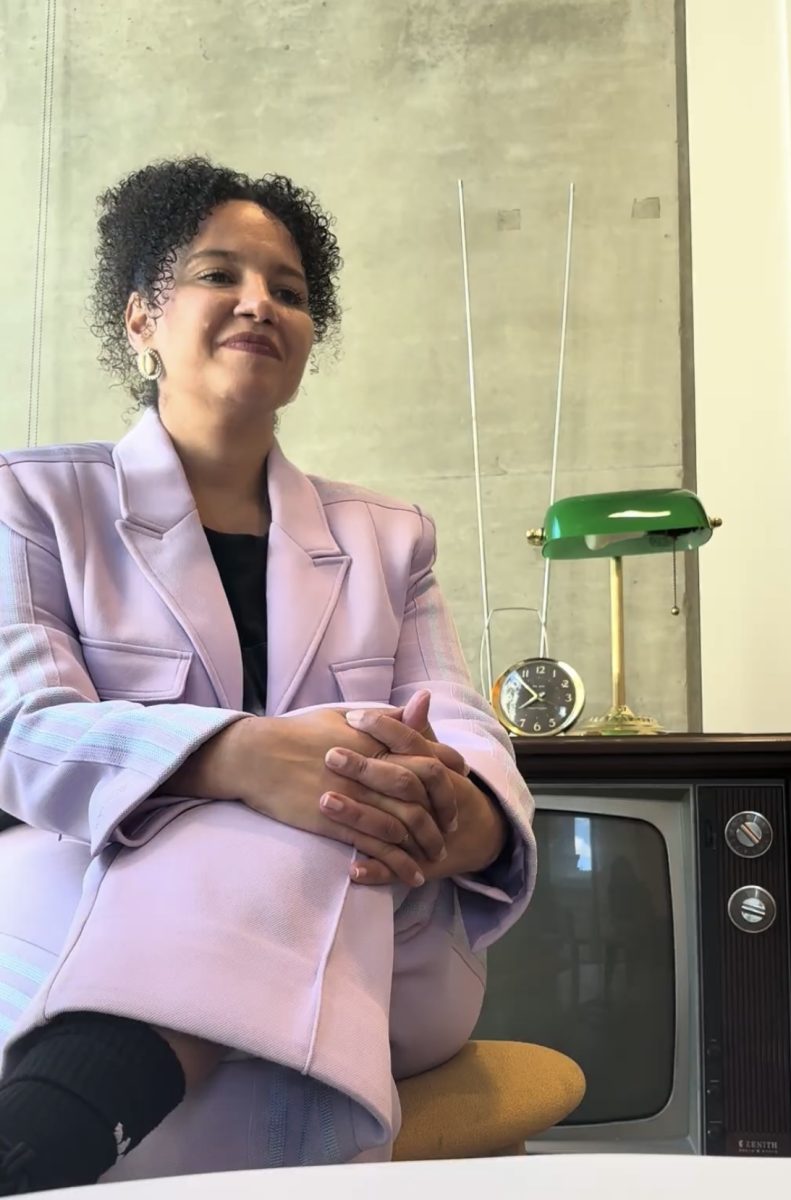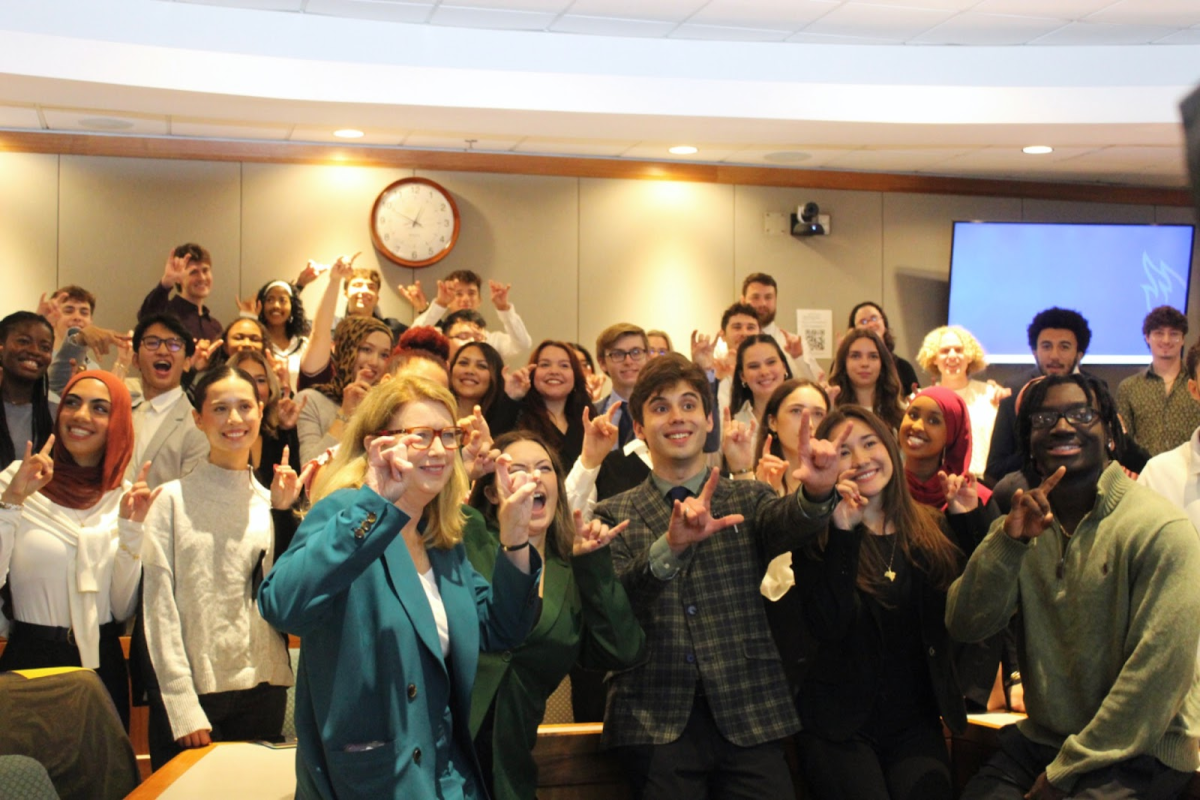One Suffolk University student was diagnosed with a case of the mumps, according to a statement last week from the office of Counseling Health & Wellness (CHW).
Suffolk’s CHW has worked closely with Boston city health officials to ensure proper treatment to any individuals that may have come in proximity with the virally-infected student, according to the statement.
Director of CHW Jean Joyce-Brady confirmed to a Journal reporter that there has only been the lone documented case at Suffolk.
CHW Nurse Practitioner Karla Hoxha Brown explained in a recent interview with The Journal, that symptoms occur two to three weeks from the onset of exposure to the disease. Brown said that the period of time ranging from two days before symptoms occur until five days after they begin is when someone who has contracted mumps is the most contagious.
Brown said that most of the time a case of the mumps is a mild illness and treatment is labeled as “supportive care.”
“You get sick, you get the swelling, you get a fever and maybe loss of appetite,” said Brown.
This method of treatment includes what is normally required for viruses such as the common cold or influenza: keeping hydrated, taking anti-inflammatory medication to reduce the swelling that may occur in the jaw or cheeks or any over-the-counter pain reducer.
The statement was sent to all students and cited a 2016 advisory from the Massachusetts Department of Public Health which explained the importance of receiving the Measles, Mumps and Rubella (MMR) vaccine. With one dose having proved 78 percent effective and a second dose of 88 percent, the CHW advised any students to receive it, as the MMR is a required university vaccination.
Said Joyce-Brady of the CHW’s alerts regarding cases similar to mumps, “Anytime there’s a concern about a communicable disease that we need to notify students, please read those emails carefully because we include all the information in there in terms of what do you need to do, what are the symptoms of this particular condition, how is it transmitted [and] where can you get help and information about it.”



















